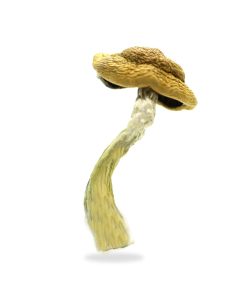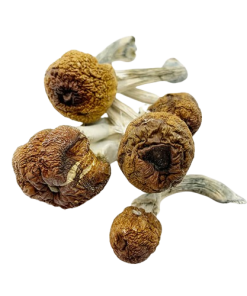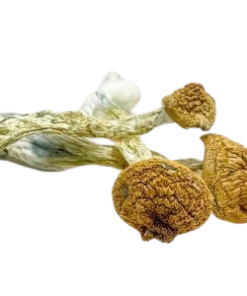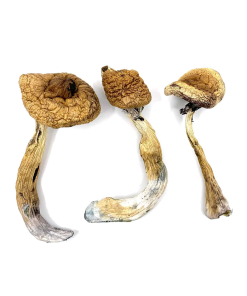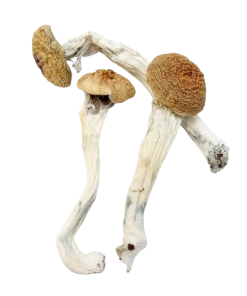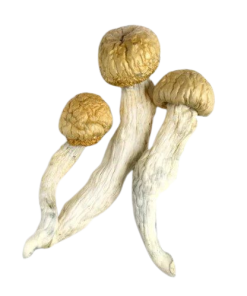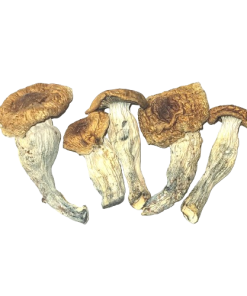Introduction:
Dried mushrooms offer a burst of flavor and versatility in culinary creations. From enriching sauces to starring in savory dishes, these fungi pack a punch in taste and nutrition. In this guide, we delve into the world of dried shrooms, exploring their types, benefits, and how to incorporate them into your cooking adventures.
Understanding the Appeal of Dried Mushrooms
Dried mushrooms, with their concentrated flavor and extended shelf life, have become a staple in kitchens worldwide. Their umami-rich taste adds depth to various dishes, making them a favorite among chefs and home cooks alike.
Benefits of Using Dried Shrooms
Dried shrooms boast several advantages over their fresh counterparts. They are lightweight, easy to store, and have a longer shelf life, making them a convenient pantry staple. Additionally, they offer a concentrated flavor profile, adding complexity to dishes without the need for additional seasonings.
Types of Dried Mushrooms
- Porcini Mushrooms: Known for their robust flavor, porcini mushrooms are prized in Italian cuisine for their earthy taste and meaty texture.
- Shiitake Mushrooms: With their distinctively smoky flavor, shiitake mushrooms are popular in Asian cooking, lending depth to soups, stir-fries, and noodle dishes.
- Morel Mushrooms: Highly prized for their unique, nutty flavor, morel mushrooms are a delicacy enjoyed in gourmet cooking around the world.
- Chanterelle Mushrooms: These golden-hued mushrooms offer a mild, fruity flavor, making them a versatile ingredient in various dishes.
Cooking with Dried Mushrooms
Incorporating dried shrooms into your culinary repertoire is simple and rewarding. Begin by rehydrating them in hot water, then use them in soups, stews, risottos, or sauces to infuse your dishes with their rich flavor.
Health Benefits of Dried Mushrooms
Beyond their culinary appeal, dried shrooms are also rich in essential nutrients. They are a good source of vitamins, minerals, and antioxidants, making them a valuable addition to a balanced diet.



